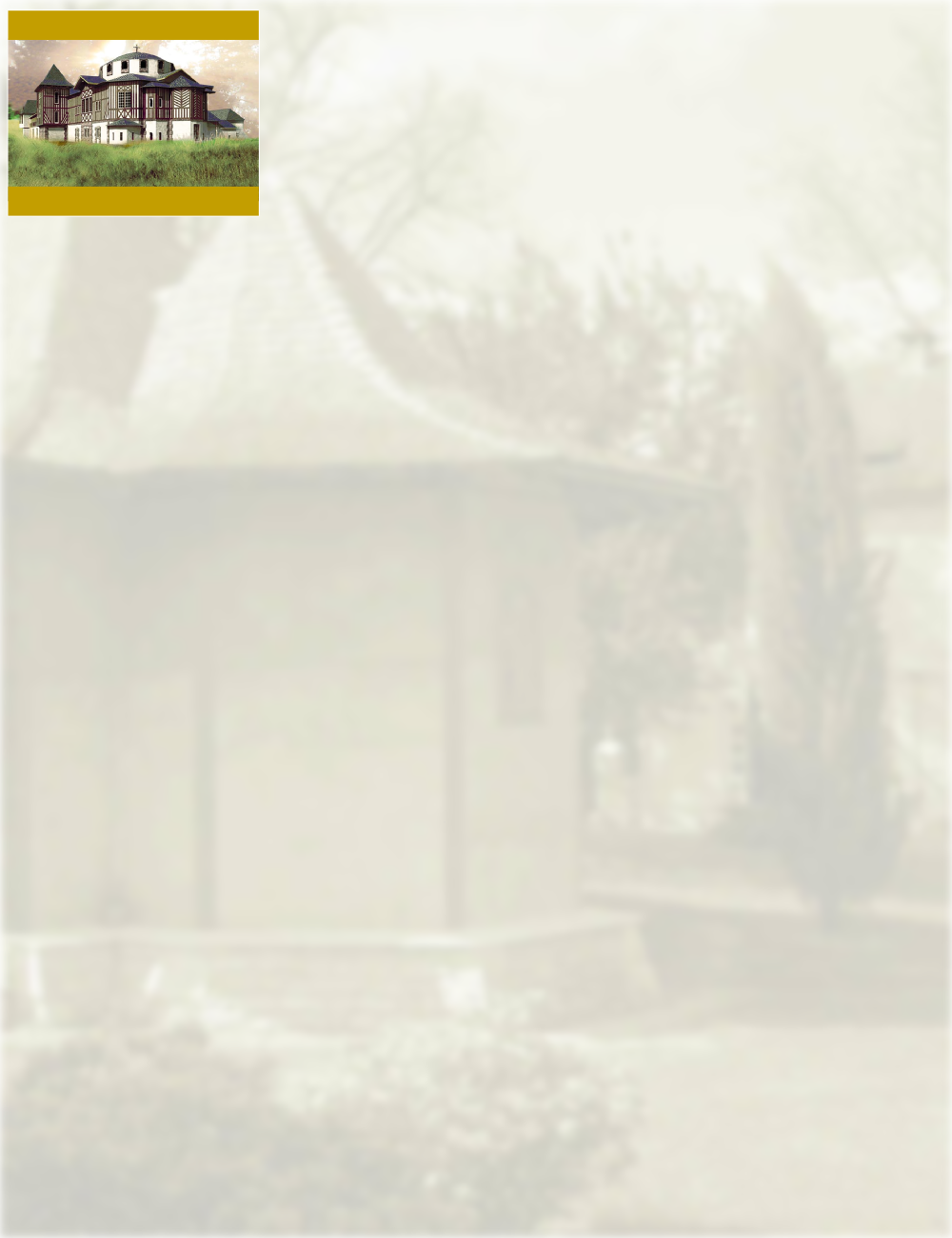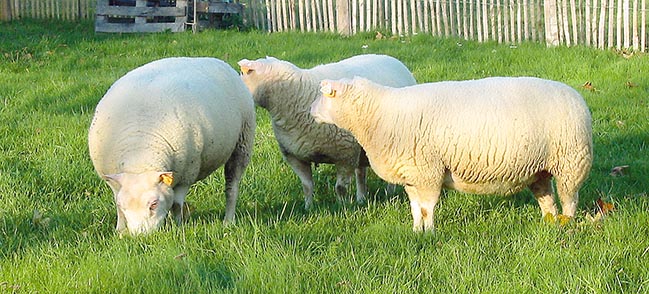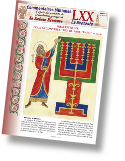
An ideal


A monastery
A challenge





Breeding sheep
In 2000, according to the monastic tradition in France, the community launched with joy into raising sheep. Today, some 200 Charmoise ewes live in the monastery. The work of the sisters was distinguished at the Concours Général Agricole de Paris in 2009, 2010, 2011 and 2013, years of obtaining the first prize for the quality of livestock for meat and wool. In addition to the sheep, the monastery is raising two beautiful donkeys that protect the flock from frequent killings caused by stray dogs.


The sisters raise, feed and care daily for the flock oriented toward racial selection and the production of meat. The ewes give birth once a year, in two seasons. Finished on grass on the grasslands of the monastery, the lambs that are not sold for breed improvement and reproduction are sent for slaughter in Gramat (Lot). The hay is harvested with the help of friends of the monastery who come to work in the fields for haymaking in a joyful ambience that all await each year. The sheep's wool is shorn and woven to make sweaters, scarves, jackets or shoes that are sold in many outlets under the Monastic label.

The Septuagint

For five years, the monastery has published an eight page leaflet each month, which has a traditional Bible commentary. They consider this publication to be a church service. This is a non-
The sheets are very harmoniously decorated with two, three or four drawings evoking the Byzantine miniatures, but with a very personal style, to illustrate biblical passages studied during the long months.
The comments are aimed to more easily discover the deeper meaning of biblical revelation, with parallel texts of the Old and New Testaments, as well as explanations from the Church Fathers and liturgical offices. They are also an opportunity for many catechetical and theological digressions and analyses that should enable readers to familiarise themselves with the content of the Christian faith, but even more to understand how faith and spiritual practice, liturgical or moral, are deeply rooted in God's Revelation that God offers Himself and thus gives the meaning of human life and of all creation, from the first lines of Genesis, then in all the books that make up the Holy Bible.
| The other parts of the area |
| Origin and location of the monastery |
| Daily life |
| Breeding sheep |
| A typical day |